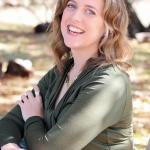
Jen Lynn Bailey is an award-winning children’s picture book author and Ontario-certified elementary teacher. She loves playing with the sounds and rhythms of words while drawing on snippets and scraps from her life thus far. Jen has measured water quality, air quality, and the quality of treads on her hiking shoes. She has focused on fish, her knitting stitch, and the hump of clay on her pottery wheel.
Jen holds a Master of Fine Arts in Writing for Children and Young Adults from Vermont College of Fine Arts, a Bachelor of Science in Integrated Science Studies from Carleton University, and a Bachelor of Science in Education from Martin Luther College. Previously Jen taught science and French in an elementary school and writing and editing to college students. Now Jen works for the Natural Sciences and Engineering Research Council of Canada where she supports science and engineering research programs.
Explore a Book! Explore an Ecosystem!
We'll explore the picture book This is the Boat that Ben Built through the lens of a reader, writer, scientist, and artist. Discover how the author and illustrator work together to create a picture book, and how the animals of the northern river ecosystem are interconnected in the story and real world. The presentation will begin with an overview of Jen’s early artistic development and creative process, and end with a Q&A period.
Animals as Story Starters (writing workshop)
Stories ideas come from our real-world experiences with people, places, and things. One great source of inspiration is animals in their natural environments. In this workshop, we’ll use animal behaviours, habitats, and adaptations to generate story characters, settings, and conflicts. The workshop will begin with an overview of Jen’s early artistic development and the creative process, and end with a Q&A period.
Witty Words, Awesome Animals: A Poetry Workshop
Kids will use their “poetry toolkits” to uncover meaning and music in a variety of animal poems, then generate their own. Includes an exploration of poetic techniques such as similes and metaphors, alliteration, consonance, assonance, and onomatopoeia, as well as a look into animal behaviour, habitats, and adaptations. The workshop will begin with an overview of Jen’s early artistic development and the creative process, and end with a Q&A period.
Explore a Book! Explore an Ecosystem! (presentation)
We'll explore the picture book This is the Boat that Ben Built through the lens of a reader, writer, scientist, and artist. Discover how the author and illustrator work together to create a picture book, and how the animals of the northern river ecosystem are interconnected in the story and real world. The presentation will begin with an overview of Jen’s early artistic development and creative process, and end with a Q&A period.
Curriculum Links
Explain how elements and principles of design are used to communicate meaning or understanding; explore sounds, rhythms, and language structures; recognize, explore, describe, and compare text patterns; demonstrate an understanding of the natural environment as a place where living and non-living things are interconnected; categorize various animals as carnivores, herbivores, or omnivores; appreciate the resilience, fragility, and beauty of nature and develop respect for the place and function of all living things in the overall planetary ecosystem.
Animals as Story Starters (writing workshop)
Stories ideas come from our real-world experiences with people, places, and things. One great source of inspiration is animals in their natural environments. In this workshop, we’ll use animal behaviours, habitats, and adaptations to generate story characters, settings, and conflicts. The workshop will begin with an overview of Jen’s early artistic development and the creative process, and end with a Q&A period.
Curriculum Links
Generate, gather, and organize ideas to write for an intended purpose and audience; draft and revise their writing, using a variety of literary forms and stylistic elements appropriate for the purpose and audience; demonstrate an understanding that animals have distinct characteristics; demonstrate an understanding of habitats and communities and of interrelationships among the organisms that live in them; describe adaptations, including physical and/or behavioural characteristics, that allow various animals to survive in their natural environment.
Witty Words, Awesome Animals: A Poetry Workshop
Kids will use their “poetry toolkits” to uncover meaning and music in a variety of animal poems, then generate their own. Includes an exploration of poetic techniques such as similes and metaphors, alliteration, consonance, assonance, and onomatopoeia, as well as a look into animal behaviour, habitats, and adaptations. The workshop will begin with an overview of Jen’s early artistic development and the creative process, and end with a Q&A period.
Curriculum Links
Explore sounds, rhythms, and language structures; recognize, explore, describe, and compare text patterns; generate, gather, and organize ideas and information to write for an intended purpose and audience; demonstrate an understanding that animals have distinct characteristics; demonstrate an understanding of habitats and communities and of interrelationships among the organisms that live in them; describe adaptations, including physical and/or behavioural characteristics, that allow various animals to survive in their natural environment.



